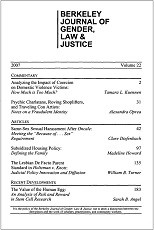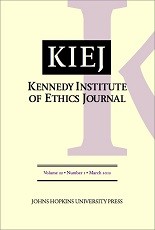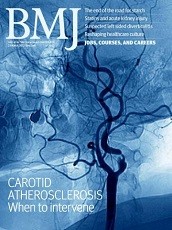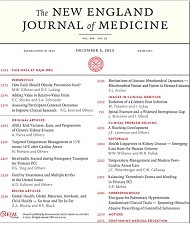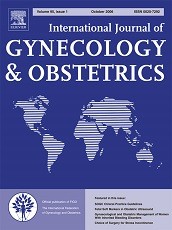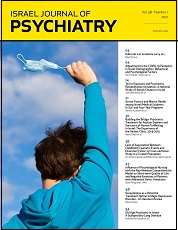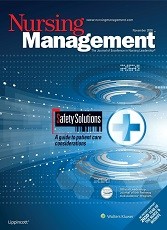Ryan E Lawrence, Farr A Curlin
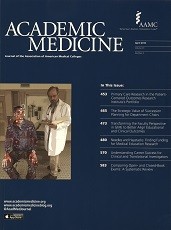
Abstract
PURPOSE: To explore physicians’ beliefs about whether physicians sometimes have a professional obligation to provide medical services even if doing so goes against their conscience, and to examine associations between physicians’ opinions and their religious and ethical commitments.
METHOD: A survey was mailed in 2007 to a stratified random sample of 1,000 U.S. primary care physicians, selected from the American Medical Association Physician Masterfile. . . .
RESULTS: The response rate was 51% (446/879 delivered questionnaires). Forty-two percent and 22% believed they are never and sometimes, respectively, obligated to do what they personally believe is wrong, and 36% agreed with both statements. Physicians who are more religious are more likely to believe that physicians are never obligated to do what they believe is wrong (58% and 31% of those with high and low intrinsic religiosity, respectively; multivariate odds ratio, 2.9; 95% CI, 1.2-7.2). Those with moral objections to any of three controversial practices were more likely to hold that physicians should never do what they believe is wrong.
CONCLUSION: A substantial minority of physicians do not believe there is ever a professional obligation to do something they personally believe is wrong.
Lawrence RE, Curlin FA. Physicians’ beliefs about conscience in medicine: a national survey.. Acad Med. 2009;84(9):1276-1282.
